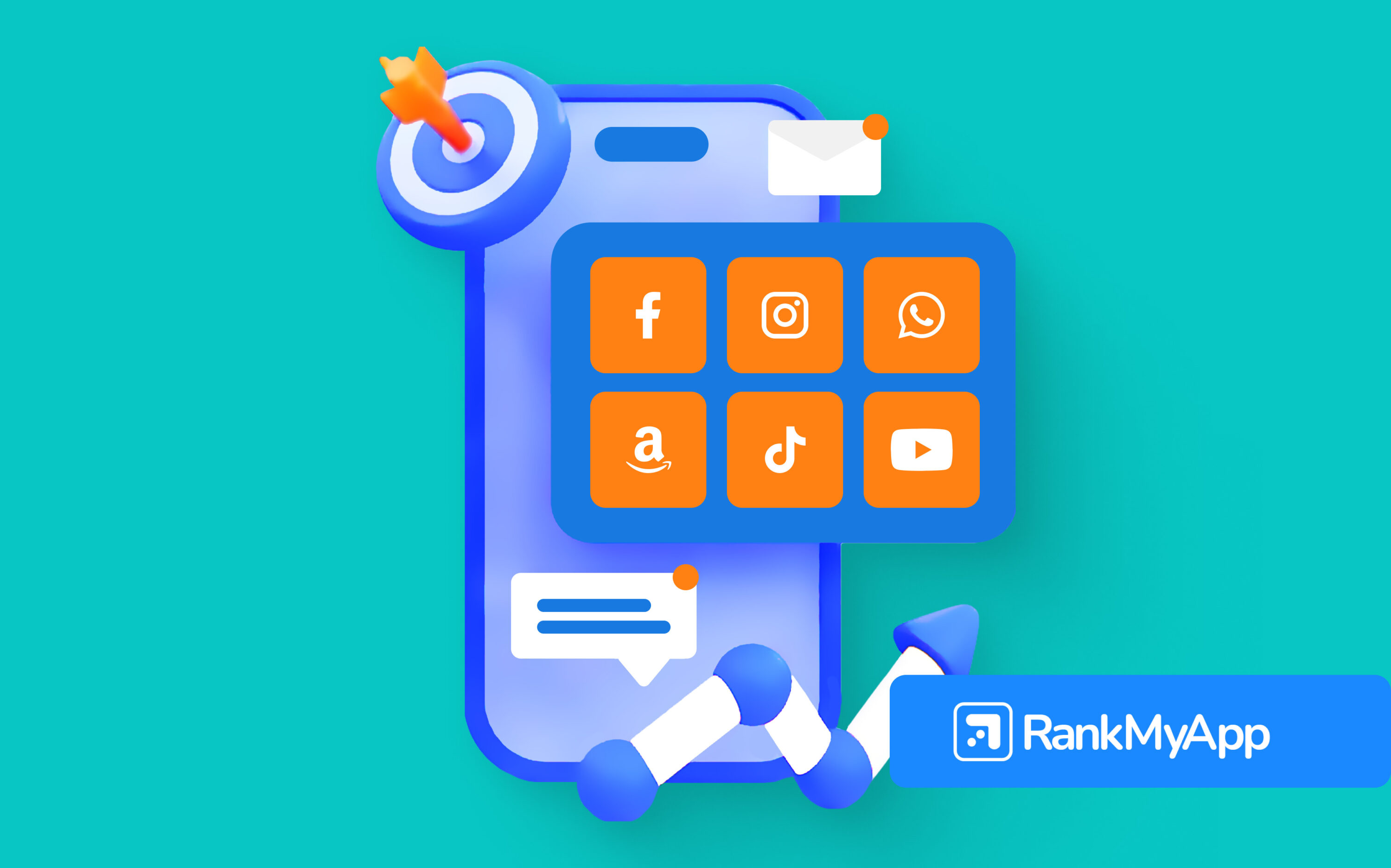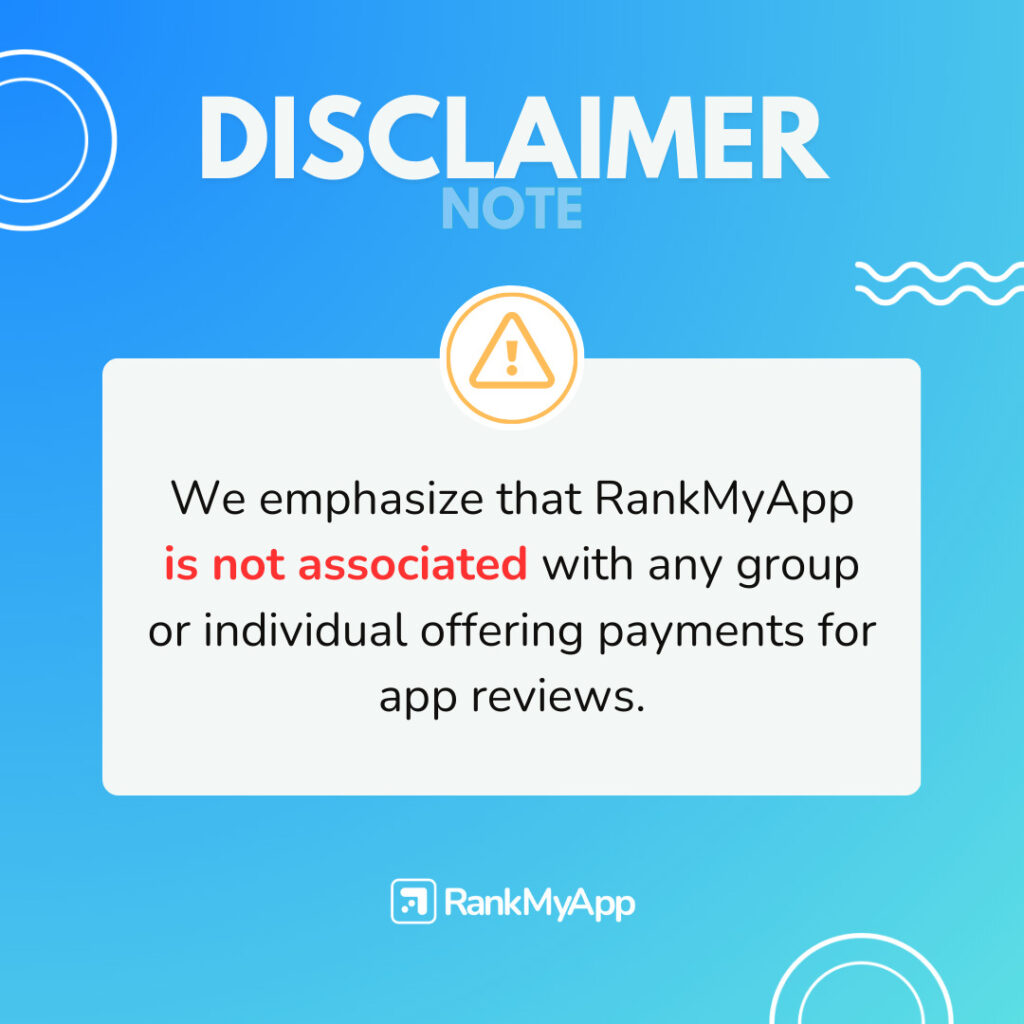The screen sizes of recently launched smartphones have shown a wide variety of dimensions compared to previous models, which adhered to a standard size. As a result, apps are facing the challenge of finding the best ways to adapt to these new measurements.
Among the many similar service offerings, layout and functionality can be the decisive factors in a user’s choice—or rejection—of a platform. This combination directly impacts how users perceive your app.
The Importance of Layout
One of the biggest challenges in the mobile world is retaining app users. With the vast number of platforms available in app stores, switching from one app to another within the same segment is quick and easy.
To ensure user loyalty, it’s crucial to address all possible factors to provide the best user experience. This experience starts with the layout of your mobile app.
App Usability
Having an app that adjusts to various screen sizes is essential for better usability. For this reason, avoid fixed dimensions—your app must adapt to different screen sizes and orientations.
This adaptability also broadens your app’s accessibility, enabling it to function seamlessly across various window configurations, such as full-screen mode and multi-window mode.
How to Create a Flexible Layout
Regardless of hardware profiles, it’s essential to create a flexible layout to accommodate even the smallest variations in screen size and display formats. Here are some tips to help you design a responsive app layout:
1. Visualization Software
Use software that allows you to preview your platform’s layout on different screen sizes. For instance, ConstraintLayout enables the specification of size and position for layouts across various formats, particularly for Android platforms.
2. Code Flexible Layouts
Avoid hardcoding layout sizes. Instead, use code that fills the available screen space, ensuring your app adapts perfectly to screens of different dimensions.
3. Alternative Layouts
A layout designed for smartphones may not perform well on tablets, for example. To address this, create alternative layouts to optimize the user interface (UI) for specific screen dimensions.
4. Stretchable Nine-Patch Bitmaps
When using a bitmap as a background, resizing for different screen sizes can result in blurriness or other scaling issues. To prevent this, use specially formatted PNG files, known as nine-patch bitmaps, which define areas that can and cannot be stretched.
5. Test Across Resolutions
Once your configurations are complete, test the layout on screens of various dimensions to ensure it adapts as expected. An emulator can be a helpful tool for this task.
Think Beyond the Basics
Keep in mind that layout configurations alone aren’t enough to ensure a great user experience. Pay attention to usability details, such as:
- Color schemes
- Font choices
- Placement of menus
- Positioning of action buttons
These details can significantly influence user retention and satisfaction.
Conclusion
Seek expert guidance to resolve any doubts and ensure your app is responsive and optimized. By doing so, your chances of success in the competitive app market will be even greater!





